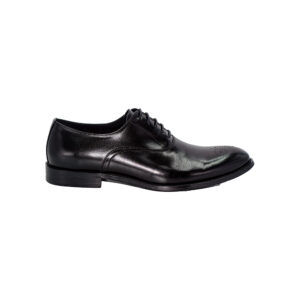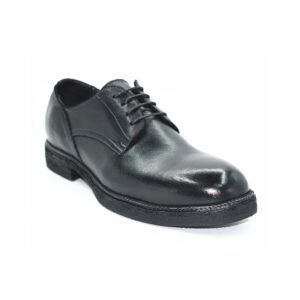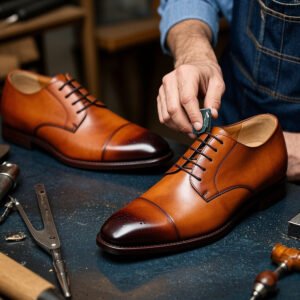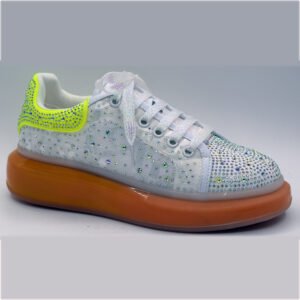Last Updated on 2025-09-06 by Topmenz Shoes
How to Choose Custom Shoe Colors?
Crafting the perfect pair of custom shoe isn’t just about fit and craftsmanship—color plays a pivotal role in defining your personal style. Whether you’re investing in timeless leather oxfords or bold contemporary designs, the right hue elevates your look. Below, we break down five strategic tips to help you navigate color choices with confidence.

Start with Classic Neutrals: The Foundation of Versatility
When in doubt, lean on timeless shades like rich espresso brown, deep charcoal, or polished black. These neutral tones seamlessly pair with 90% of a gentleman’s wardrobe, from tailored suits to casual denim. Pro tip: Opt for slightly warmer browns for daytime events and cooler blacks for evening sophistication.
Consider the color of your shoe closet
Your shoes shouldn’t clash with your outfits—they should complement them. Take inventory of your most-worn clothing pieces. If navy and gray dominate your closet, a burgundy shoe adds subtle contrast, while taupe harmonizes with earth-toned ensembles. For bold dressers, a midnight blue or oxblood makes a statement without overwhelming.
Formal shoe match the tone of the occasion
Not all shoe colors suit every event. Formal settings demand understated elegance (think onyx black or mahogany), while casual outings allow playful experimentation—try terracotta for summer or olive green for autumn. Business-casual environments strike a balance: mink gray or cognac offer refined flexibility.
Reflect your personality through subtle details
Custom shoes let you infuse individuality without shouting. If neutral bases feel too safe, incorporate personality through details: a contrasting heel tab, stitching in muted gold, or patina finishes that age gracefully. These touches add depth while keeping the overall look sophisticated.
Test the color of your shoe in natural light
Colors shift under different light sources. A walnut brown might appear reddish indoors but golden outdoors. Before finalizing, view swatches or material samples in daylight. Many bespoke shoemakers offer sample kits—use them to avoid surprises.
Final Thought: Experiment, But Stay Grounded
Custom footwear is an art of balance. While trends come and go, your shoe color should align with your lifestyle and aesthetic goals. Start with a core rotation of 2-3 versatile shades, then gradually introduce bolder options. Remember: The best custom pairs aren’t just seen—they’re remembered.
Any questions pls contact custom shoes expert Whatsapp +86 13392749315 and Get the latest news and updates straight to your email inbox.











